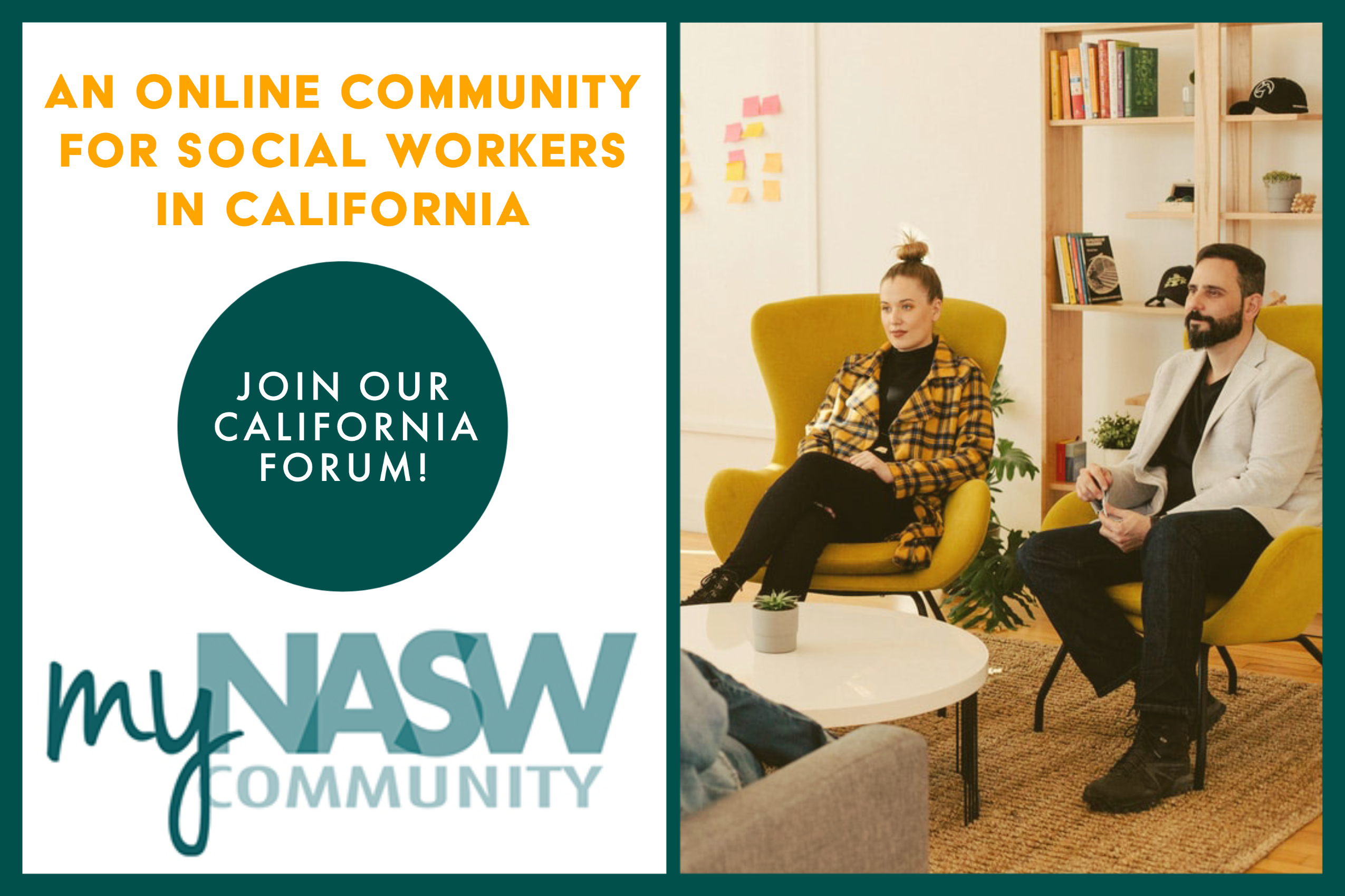By Lily Arana, Stephanie Cruz, Jessica Johnson, Michelle Ramirez and Stacey Ruiz
As MSW candidates, we have witnessed the many housing challenges our clients face when attempting to attain affordable housing; obstacles we experience alongside them. Since 2012, most of our clients have anxiously awaited the opportunity to move forward with Section 8 housing vouchers, but their wait is yet to end.
According to HUD, an apartment is affordable when an individual/family is able to spend no more than 30% of their income on their rent or mortgage. However, the reality is that an individual/family spends way above 30% because wages have not kept up with inflation over the years — or with the rising cost of living. Both these factors contribute to California’s current housing crisis, and as social workers who work/have worked with homeless individuals and families (Los Angeles and Orange County areas), we witness how difficult it is for them to obtain permanent housing first hand.
While California is facing a shortage of housing, Senate Bill 106 does not help to resolve the problem. Instead, the bill extends Marin County’s classification as suburban until 2028. This bill, approved by Governor Jerry Brown on July 21, 2017, is just one example of many policies that ignore and contribute to the housing crisis. SB 106 is yet another Band-Aid covering — ignoring — the major concern for affordable housing, which is an ongoing plague for California. This extension translates to Marin County receiving a “get out of jail free” card from building high density housing developments, which are required in metropolitan areas. In so doing, Marin County is able to continue enjoying suburbia, while low income households lose the opportunity to a larger availability of affordable housing units. Given Marin County’s renewed exemption status, SB 106 extends the power of the county’s big-money campaign donors. By enhancing the power of these big-money campaign donors, the bill further diminishes the hopes of any affordable housing for underprivileged families within Marin County’s borders, and ultimately beyond these borders as well.
What is a desirable solution to this housing crisis? How do people resolve this problem for themselves? Currently, discouraged individuals/families find themselves moving to other states where housing is affordable. Somewhere where the house with the white picket fence is actually attainable. For those individuals/families who are granted Section 8 vouchers, their journey is far from over. Yet another obstacle crosses their path. They need to find housing that will accept this voucher within 3 months from date of receipt. Many search for rentals and very few actually find stable housing, while the rest end up with an extended period of homelessness. Within the Los Angeles area it is extremely difficult to obtain stable housing due to a less than 2% vacancy rate in the rental/housing market. In other words, there is not enough housing to accommodate or alleviate the constant need for housing for this dense population.
Between 2013 and 2015, the total number of homeless individuals in Los Angeles County increased from 39,463 to 44,359 individuals (LAHSA, 2015). These numbers are alarming, and as residents of Southern California we need to pay attention to policies that affect housing and homelessness. Recently, there has been a push to adopt Housing First as a way of ameliorating homelessness by obtaining stable housing for affected individuals and families. In other words, issues that may have contributed to one’s current state of homelessness (e.g., limited income due to lack of employment, severe PTSD, substance abuse, health issues, etc.) are not at the forefront of the Housing First approach. Although Housing First is credited as the best evidence-based practice to address homelessness, it continues to ignore California’s housing crisis.
As a multifaceted issue, to say the least, homelessness will not end until extreme national measures are taken to significantly reduce poverty all across America. One way this social issue can be addressed is through more representation of these social concerns by social workers in public office at local, state and federal levels. It is difficult to hear the voices of marginalized groups that have not been provided with the opportunity to be heard. If the focus on homelessness is shifted to really address the vast inequality prevalent in our society, as well as the high cost of living and stagnant wages, then the conversation may turn to feasible policy changes that will significantly reduce homelessness and poverty.
We argue that the remedy to the housing crisis is not simply to build more affordable housing. Nowadays, many Californians are unable to afford their rent or house mortgage without considering the lack of capital that will be budgeted toward basic necessities. Why is that? To answer this question, we need to consider many factors that contribute to the lack of affordability: insufficient wages, reliance on a fixed income (e.g., SSI, SSDI, pensions, retirement income), welfare assistance that is below the poverty level, unemployment, underemployment, single income households, etc.
Addressing the housing crisis and the unsettling issue of homelessness requires that we continue to address the lack of affordability in the rental/housing market. Current solutions fail to address structural issues, hence the status quo is maintained and the poor continue their uphill struggle to attaining an affordable piece of the American Dream.
Lily Arana, Stephanie Cruz, Jessica Johnson, Michelle Ramirez and Stacey Ruiz, are MSW candidates at California State University, Long Beach.












